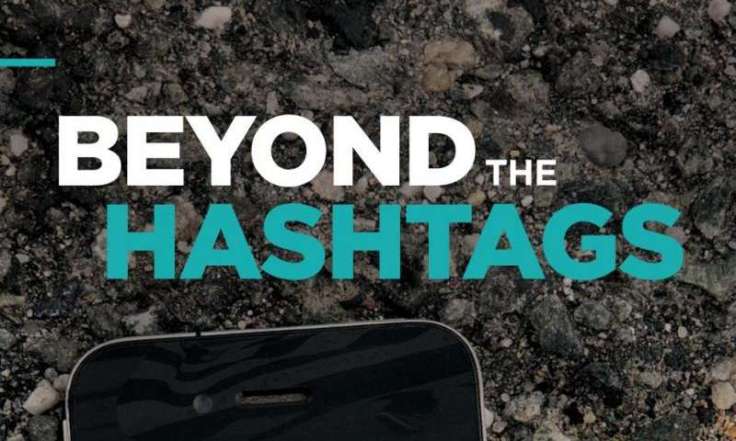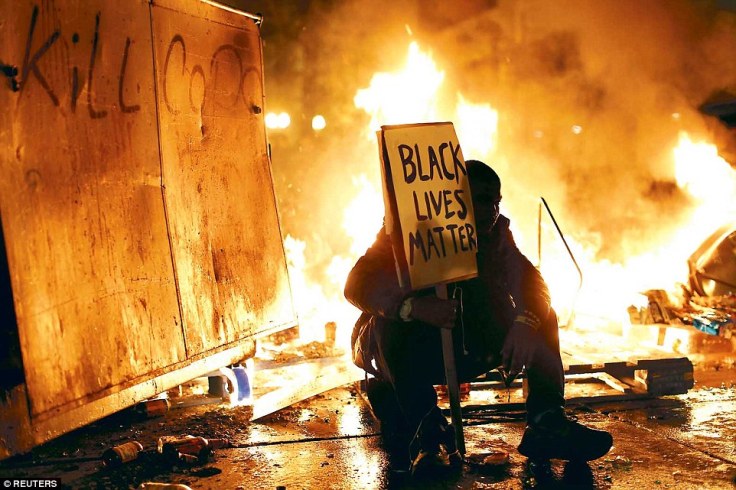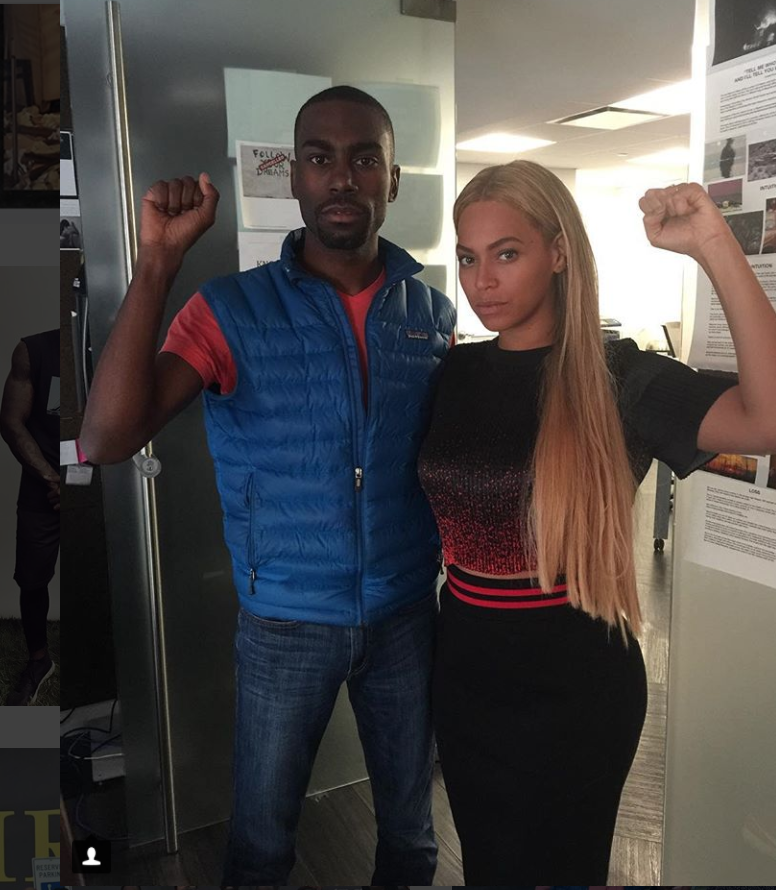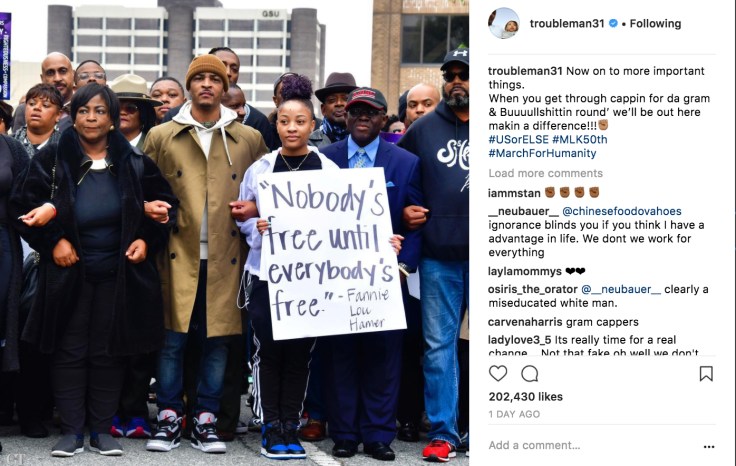Social Media has become the all above all. Not only is it useful in keeping one hyper-connected to family and friends, but you can also network, start a business, and more recently demonstrate and execute how to be a leader while also inciting social activism.

Social media is a powerful thing and thanks to the advances made in technology people are able to join together from across the globe to advocate change for important issues both on and off the streets. Activism has expanded from its traditional role of only being executed in meetings and on the streets in protest. In an article published in the Government Information Quarterly activism is described “groups of people acting together in order to achieve a common goal. These social movements could be analyzed using collective action theory (Olson, 1971). Olson states that if people share interests, then they will act collectively to achieve them.”

Today, there’s Cyberactivism, and hashtag activism where people are taking control and using their voices to fight for change with the help of social media platforms. As stated in the Cyberactivism article from the Government Information Quarterly, Cyberactivism rose with the commercial use of the internet and the possibility of expanded communication channels. Internet technologies are used for cause-related fundraising, community building, lobbying, and organizing ([Internet activism, 2012]Almazan 367) Since then, numerous movements have gained rapid drive and a larger support simply for sharing their mission and issues on social media.
Power of a Hashtag

Hashtags have become more than just cute and funny words to add to the caption of your post. Today, they have become powerful words that stand alone and speak for themselves. Movements like Black Lives Matter started from a hashtag and can be linked and related on social media by one click. Hashtags are an easy way to access direct information on social media about topics and issues happening across the globe. They can be a word or a phrase and every post including the hashtag will appear. In an article titled #Ferguson Digital protest, hashtag ethnography, and the racial politics of social media in the United States from the Journal of Innovation in Digital Ecosystems they describe how hashtags work, “it is in this sense that much like one could go to the library, stand in front of a call number, and find texts on a particular subject, one could go onto Twitter, type #Ferguson, and find a large number of posts on the subject at hand. Ferguson is located in Missouri and is where riots broke out full of protesters enraged by the unnecessary death of yet another black man, Michael Brown. Riots lasted for weeks after the unarmed teenager was shot and killed for being identified by a white police officer as a suspect of an armed robbery.

Hashtag activism may have started on social media but has made its way to the streets. Rioters and protesters take hashtags from online to create visuals for marches and protests where the phrase now has added meaning. While many have negative views on hashtag activism as a replacement of “real activism” there is a reason why hashtag activism has come about. The Journal of Innovation in Digital Ecosystems presents an interesting fact as to why so many have turned to hashtag activism and states that “it is important to examine how and why digital activism has become salient to particular populations. It is surely not coincidental that the groups most likely to experience police brutality, to have their protests disparaged as acts of “rioting” or “looting,” and to be misrepresented in the media are precisely those turning to digital activism at highest rates.”
Leading by Example On & Offline
Leaders come in all shapes and sizes, and environments. You don’t have to be rich, or be a celebrity to be a leader, all that’s necessary is to want to be a leader in serving the community. DeRay McKesson has been recognized as one of the leading voices of the Black Lives Matter movement because of his dedication and consistency in sharing information and updates about things concerning the movement. According to an article written by Sean Howell of the Huffington post, when Mckesson first went to Ferguson to report on the protests, he had only 800 Twitter followers. But due to his reliable reporting, he quickly became a powerful voice for the BLM movement. Today, he has over 627,000 followers. His posts reach mass audiences spreading awareness, and important information about things that are happening around them they would most likely not know about otherwise.
 In an interview with AdWeek, Mckesson says, “Over the past two years, we have created a critical mass of people who acknowledge there’s a problem.” And, of course, if we know about a problem, it’s human nature to want to work to fix that problem. By using his platform on numerous platforms Mckesson continues informing people of major problems, and will not rest as he states “There is always work to be done.”
In an interview with AdWeek, Mckesson says, “Over the past two years, we have created a critical mass of people who acknowledge there’s a problem.” And, of course, if we know about a problem, it’s human nature to want to work to fix that problem. By using his platform on numerous platforms Mckesson continues informing people of major problems, and will not rest as he states “There is always work to be done.”


Sandoval-Almazan, R., & Gil-Garcia, J. R. (2014). Towards cyberactivism 2.0? Understanding the use of social media and other information technologies for political activism and social movements. Government Information Quarterly,31(3), 365-378. Retrieved March 25, 2018, fromhttps://ac.els-cdn.com/S0740624X14000902/1-s2.0-S0740624X14000902-main.pdf?_tid=83bf0100-4612-405e-a3d4-9c41fa7bd702&acdnat=1522015012_e5d2a64b8d3e54b4cb0ccd105a439900



